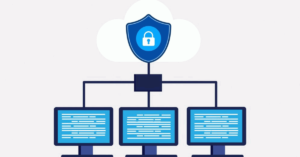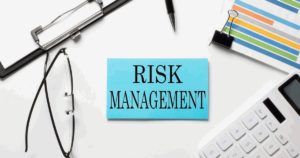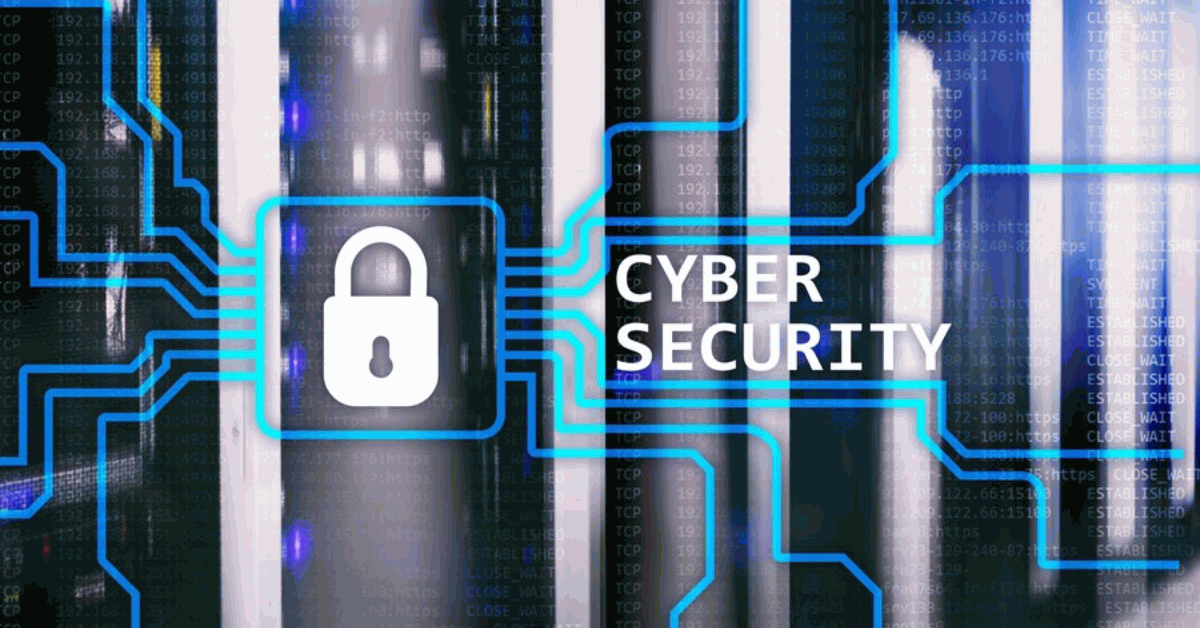Introduction
Cyber President is also an important metaphor for anyone from an organization or association. Cyber has become an important metaphor for businesses to protect their sensitive information from attackers and secure. We are online. As the services and duty and the downed services are more in charge of technology for the likes of which result in no new agreement between the two countries from the security rules to prevent the pre-existing organizations from cyber attack. Protocols and guidance are described.
The 3 Pillars of Cyber Security

Cyber security can be divides into three main pillars: people, processes, and technology. You can think of it in two ways, one is like a Venn diagram where the calm is one circle that overlaps the other and the three are connected in the middle, or the other is like a three-legged stool, with each stone equal to handling the entire structure. No one pillar is more important than the other, and the whole can only function to its full potential when all three work together.
Who Are the People in Cyber Security
People consider the key components to consider when managing and protecting a company’s or individual’s assets, and they help drive cyber operations from multiple angles. Those people also suit. These include the favorable ones that apply to cyber adjudication such as processes and free arbitrators.
What Is the Technology with Cyber Security
Technology is the hardware and software that departments use to achieve cyber security. IT people do IT. These mechanisms include behavioral analytics. These technologies may include those that monitor user behavior or transactions, such as breach detection that notifies you of hackers or malware. can be layered to create a robust system that makes it difficult for a cyber threat to access private data.
These three pillars of cybersecurity—people, technology, and how we all work together to build a strong defense network—are guidelines and principles that will help you as part of a cybersecurity team or larger IT department. A security strategy should not only defend against cyber threats, but also adapt to the growing latter and identify vulnerabilities as part of a regular hair-raising. Looking to learn and start a new career in cybersecurity ID, check out Charter College’s IT program. Charter College will prepare job seekers for a rewarding entry-level career in the field.
Education and Training
Education and training is about ensuring that everyone in the organization is aware of cybersecurity threats outside of the organization and how to mitigate them by providing regular cybersecurity awareness training and ensuring that This includes making sure everyone in the organization understands how to protect sensitive information. Education and training are important because they help ensure that everyone in the organization plays an active role in protecting against cyberattacks Has been and is the biggest for every company on human risk and human actions Risk represents the risk vector Management.
Risk Management

Risk management is about identifying and implementing measures to mitigate cybersecurity threats, including conducting risk assessments, implementing security controls, and regularly monitoring and updating the security posture. This is because it helps organizations identify and mitigate potential vulnerabilities before they are exploited by cybercriminals.
PROTECT YOUR BUSINESS
Smart security management comes with the knowledge that technology alone does not protect your business assets and sensitive data, but that cyber attacks come from multiple directions, limiting the peace of firewalls or software in securing any organization.
Protecting your business doesn’t come with a silver bullet solution; instead, maintaining a strong and effective security posture requires a strategy based on the three pillars of cybersecurity: people, process, and technology.
STRENGTHEN YOUR SECURITY POSTURE WITH PROCESSES
Your business needs to be constantly vigilant against cybercrime minions, including assessing or detecting threats before damage occurs. File information security processes play an important role. Key elements of the process include can be:
- Conducting risk assessments to uncover cyber threats and potential data breach issues.
- Use of safety management systems.
- Keeping the software updated.
- Installing a security patch.
- Two-factor lock-in is required for employees and clients.
It is important to follow appropriate procedures for your business. Although there are standard procedures, some countries may require a country-specific approach. And explain the documents.
Keep in mind that this is not a complete pillar. Cyber threats are constantly changing, which means your security management process should be updated as needed, in addition to constantly scanning assets to look for vulnerabilities.
Ultimately, processes rely on properly deploying your workforce and having the right technology.
WAYS TO BALANCE THE THREE MAIN PILLARS OF CYBERSECURITY
Technology is valuable to your business, helps increase employee productivity, keeps the business organized, measures financial health, and provides effective ways to communicate. The workforce is trained to use it.
Additionally, your workforce needs processes to prevent data breaches or ensure appropriate use for work. An information security plan is needed to overcome the challenge of balancing the three pillars of cyber security.
CYBERSECURITY CHALLENGES FOR LARGE CORPORATIONS
Large corporations typically have the budget and staff to maintain a security operations center. Deploying and maintaining multiple security attacks to address specific threats is easy with the right amount of resources.
Yet even large security budgets come with a set of challenges.
For starters, a corporation must consider the labor costs of maintaining large-scale network systems and processes while reading this. Plus, high usage means constant security alerts that information technology professionals, among other priorities, must consider. May cause “Alert Fatigue“ in obese individuals.
Failure to address this issue can lead to burnout and high turnover. Speaking and speaking will further burden employees who remain. This scenario could expose the car position to a cyber attack.
CYBERSECURITY CHALLENGES FOR SMALL AND MEDIUM-SIZED BUSINESSES

Small and medium businesses don’t have the power of listed cyber giants. Additionally, the IT of individuals can be extended to more people. Additionally, hiring and retaining highly skilled SOC can cost other departments and the bottom line.
Deficiencies in these areas lead to gaps in cyber security capabilities. Without in-house expertise, these businesses are considered soft targets for cybercrimes. A data breach can damage or shut down a business.
Final thoughts
At the end of exploring the pillars of cyber security, it is clear that in today’s interconnected world, a holistic approach is necessary to protect digital assets. These pillars—confidentiality, integrity, availability, and non-repudiation—form the foundation upon which a strong cybersecurity strategy is built by ensuring that sensitive system information remains private while maintaining data integrity and consistency. By guaranteeing reliable access to systems and resources, by verifying the identity of users and providing irrefutable proof of transactions, organizations can reduce risks and protect their operations. Cyber Threats Adopting these principles not only fosters technical defenses, but also fosters a culture of security awareness and proactive risk management that is essential to thriving in the digital age.
[sp_easyaccordion id=”2586″]

